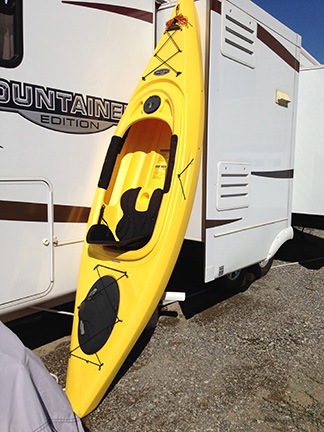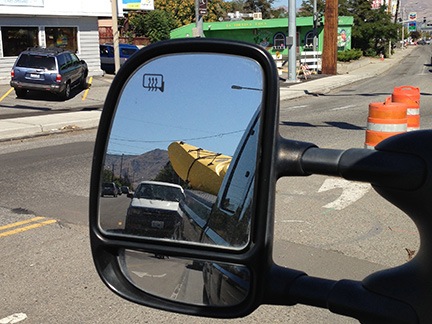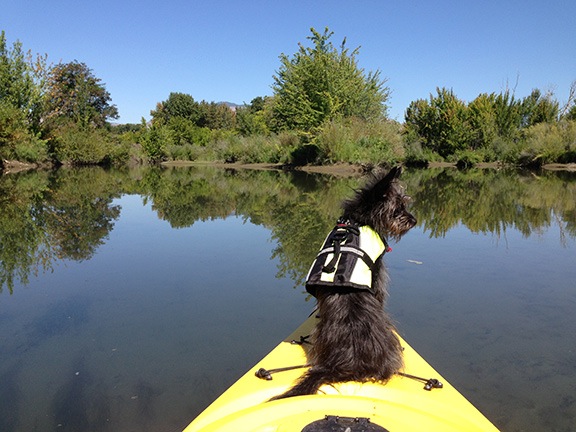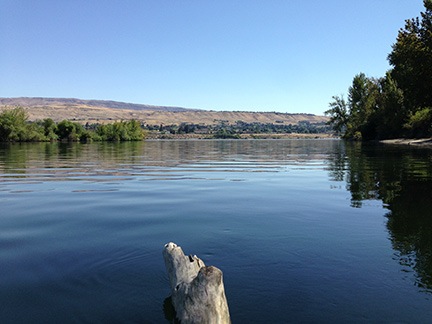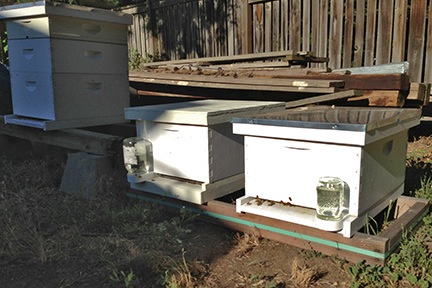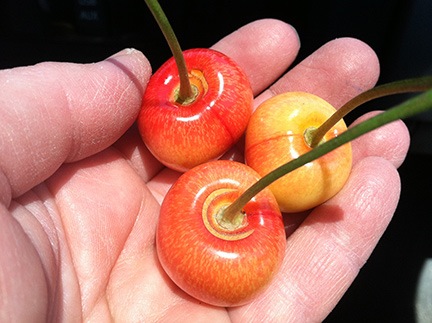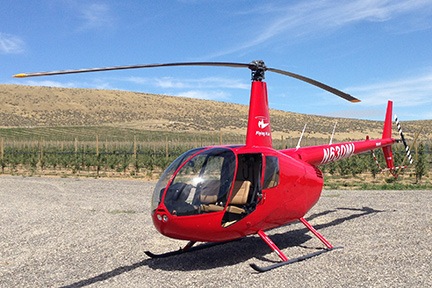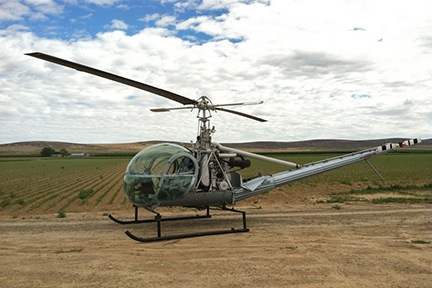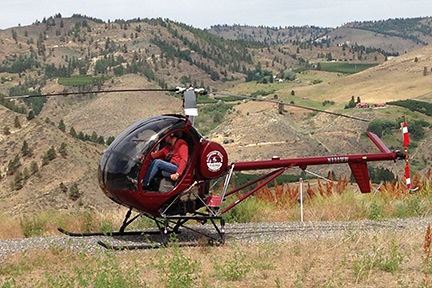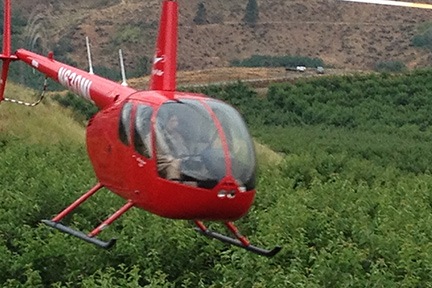More like iceshoeing, if you ask me.
When I decided to spend the winter at my new home in Malaga, WA, I decided to embrace the winter. After all, it was the first real winter I would experience since leaving New Jersey for Arizona in 1997. And, from what I could see, the winter was likely to be about the same as the winters I’d experienced back east — perhaps a little milder but with a little more snow. Perfect for winter sports.
Embracing Winter Sports
Back in my New York and New Jersey days, I did some cross-country skiing — although not enough to ever get good at it. I discovered just how rusty and inexperienced I was when I went cross-country skiing up in the Methow Valley for Christmas. I had a great time, but also learned that I certainly need more practice.
Back in my east coast days, I also did some sledding, tobogganing, and ice skating — but very little of all three in my adult years. (I do vividly remember dislocating my shoulder on a Girl Scout skate outing — the troop leaders were convinced I’d broken my collarbone and the X-rays showed nothing because my shoulder had popped itself back into place before they could get me to the hospital.)
But snowshoeing? That was something that people back east just never did. In fact, whenever I conjured up an image of snowshoes, I saw wooden frames similar to the business end of a tennis racket strapped onto someone’s feet. Was that from cartoons or old movies?
When I moved out here, however, everyone was talking about snowshoeing and I soon realized that it was the winter version of hiking. I love to hike — it’s great exercise and a wonderful way to spend time outdoors with friends and my dog. Surely I’d love to go snowshoeing. I put snowshoes on my Christmas wish list and my brother sent them to me — thanks, Norb! I’d already outfitted myself with all the warm winter clothes I’d need to stay cozy while out in the snow.
But what snow? That was the problem.
Where’s the Snow?
This is my first winter in north central Washington state. I was here for a week last January, just to see what it was like. There was about 4-8 inches of snow on the ground, depending on where I was. No fresh snow fell during that time, but it stayed cold enough to keep the snow from melting.
Everyone told me that it usually starts snowing in December here and that it snows periodically through January and into February. They even said that April snowstorms aren’t unusual. Surely snow must be common — after all, there’s a ski resort right outside of town!
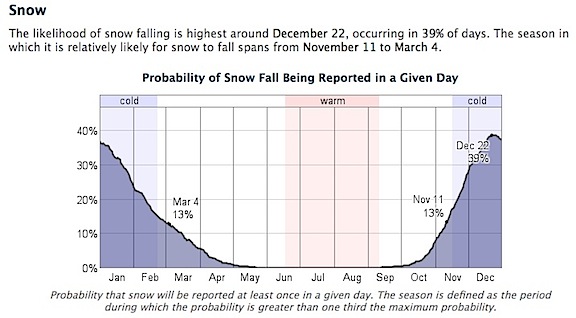
Here’s what Weatherspark has to say about snowfall averages in Wenatchee.
And things did start off promising. It snowed right around the time I moved into the house I’m caring for this winter — December 1 or thereabouts. There was about 2-3 inches on the ground — not quite enough to get the driveway plowed, but enough to see my truck’s tracks in the snow. I even bought a snow shovel, which I used to push the snow off the pathway so I wouldn’t track it in the house.
But that was it. It got warm enough over time to melt all that snow away. Then very cold and warm and cold and not so cold. It was always cold enough for it to snow out — daytime temperatures hovered around 30°F — there simply wasn’t any moisture in the air.
Or, actually, there was. But it came in the form of Wenatchee’s famous winter fog.
Understand that although I do live in Washington, I don’t live anywhere near Seattle or the ocean. This fog is a completely different from what you might expect in a coastal region. It apparently forms when there’s stagnant air — indeed, we’ve been under an air stagnation advisory for nearly two weeks now. That means no wind. None at all. Air quality isn’t affected — the air is crisp and clean. But a layer of clouds forms over the valley and sometimes dips quite low. More than once, the house I’m living in now (elevation 1200 feet) was in those clouds. Another time, it was above them.
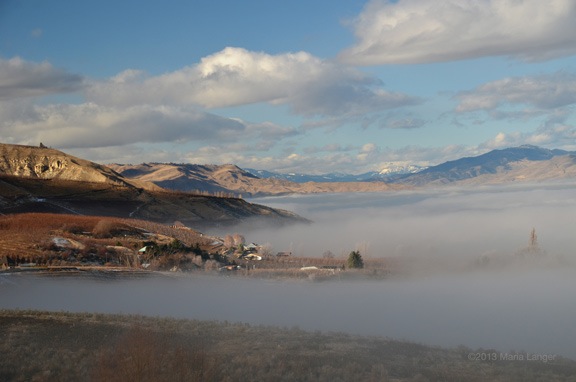
The view out my window about a month ago. Have I already shared this? I really love this shot!
For some reason, this year we’re getting lots of that fog but none of the usual snow. And it’s not just Wenatchee, which sits at about 600 feet elevation. It’s also Leavenworth, which is the closest cross-country ski and snowshoeing area. There just isn’t any snow.
Showshoeing at the Fish Hatchery
I set up a snowshoeing outing for my favorite local Meetup group, the Wenatchee Social & Outdoor Adventure Group. It was a free outing at the Leavenworth Fish Hatchery, sponsored by Friends of Northwest Hatcheries. It included a 2-hour walk along hatchery trails, guided by naturalists. Snowshoes would be provided.
Of course, I brought my own. I went with my friend Tim — who seems to know everyone everywhere we go. We got there early and Tim wasted no time chatting with one of the guides while I went to check out the salmon fry in huge tanks in their indoor facility. (I could go into a lot of detail about what they do at this hatchery, but I’ll save it for another blog post — probably one after a springtime visit to the trails.) After a while, another four people joined us. Then a second guide arrived and we were ready to go.
Although there was no snow, our guides insisted that we bring and later put on snowshoes. The trouble was the ice — everywhere the snow had melted into pools had turned into patches of ice. Some of them were quite large. All of them were pretty slippery. One of the guides, Janet, said she didn’t want to be calling any ambulances today. Apparently she’d been calling them periodically over the past few weeks.
The three of the four later arrivals — all of whom traveled from Oregon for the weekend, I might add — came without snowshoes. We stopped at a shed along the way and Janet handed them out. Then we got on the trail along Icicle Creek. When the ice began covering too much of the trail to stay off it, we put on our snowshoes and continued on our way.
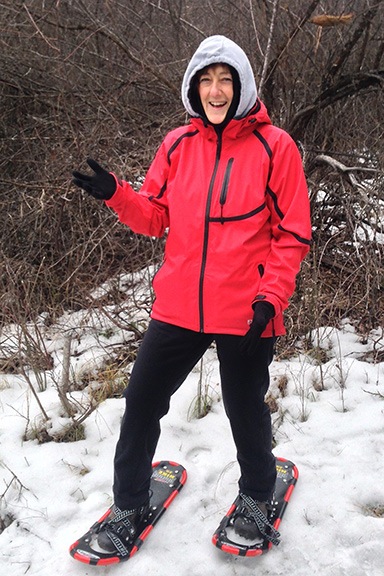
Tim took this picture of me in the snowiest spot we could find.
This was my first time wearing snowshoes. I didn’t have much trouble putting them on over my big Sorrel snow boots once I figured out how the straps worked. Soon I was crunch-crunch-crunching over the ice with my companions. The sound was deafening as the metal spikes at the bottom of the shoes stabbed through the ice, pushed down mercilessly by the weight of person above them. Whenever the guides wanted to tell us about something along the trail, we all had to stop and stand still just to hear them.
But what I liked most about them was that with them on my feet, I wasn’t going to slip one single inch.
We walked for about two hours stopping here and there along the trail. We learned about the various types of fir and other evergreen trees, including the incorrectly named Douglas Fir, which isn’t a fir at all. We saw tiny birds flittering about the trees over head, bear scratches on tree bark, beaver dams, and water-carved ice floes. We learned about various unusual local plants (like horsetail) and how they were originally used by the native people who once inhabited this area. I soon realized that we were on a very large and complex trail system that would be great to explore on foot in the spring, summer, or fall.
I would have taken pictures along the way, but I managed to leave my phone behind in the Jeep. That just gives me an excuse to come back with my Nikon, long lens, and monopod. Apparently the area is a prime site for bird watching, with plenty of viewing blinds along Icicle Creek. A springtime hike with Penny and my camera should be lots of fun, with plenty of photos to share.
We were back at the Visitor Center by 3 PM and heading back to Wenatchee a while later. I was glad to have had the chance to finally give my snowshoes a try. Tim tells me they’re a lot more fun when there’s a nice deep base of snow. Somehow, however, I suspect I’ll have to wait until next year to experience that.

